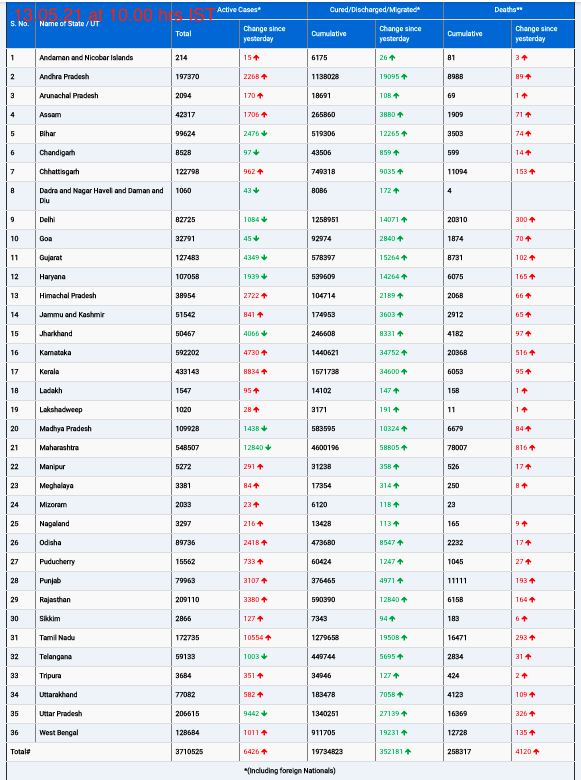A groundbreaking study published in Nature Communications has revealed crucial genetic factors that make the bacteria behind cholera more dangerous, potentially unlocking new strategies for preventing the deadly disease. The international collaboration, led by Professor Tania Dottorini from the University of Nottingham, utilized cutting-edge computational tools to analyze the genetics of Vibrio cholerae, the pathogen responsible for cholera. This discovery may pave the way for more effective treatments and targeted interventions to curb future outbreaks.
The study, conducted in collaboration with Bangladesh’s Institute of Epidemiology, Disease Control and Research (IEDCR), the International Centre for Diarrhoeal Disease Research, Bangladesh, and North South University, integrates advanced machine learning, genomics, genome-scale metabolic modeling (GSMM), and 3D structural analysis to delve into the bacteria’s genetic makeup.
Cholera’s Global and Local Threat
Cholera, a life-threatening diarrheal disease, remains a persistent threat, causing up to 4 million cases and as many as 143,000 deaths globally each year. In Bangladesh, where cholera is a continual public health menace, approximately 66 million people remain at risk, with over 100,000 cases and 4,500 deaths reported annually.
Though Vibrio cholerae has long been recognized as the bacterium behind cholera, its genetic evolution has made the disease more severe and harder to manage. The exact genetic traits responsible for its heightened severity had eluded scientists—until now. About 20% of cholera cases result in severe illness, marked by dangerous symptoms like dehydration, prolonged diarrhea, vomiting, and abdominal pain, all of which can be fatal without prompt treatment.
Unveiling the Genetic Blueprint of Cholera
The team analyzed bacterial samples from cholera patients across six regions in Bangladesh, collected between 2015 and 2021. Their research focused on the genetic variations found in the most recent and dominant strain of Vibrio cholerae, which caused the devastating 2022 outbreak. The study identified specific genes and mutations linked to the bacteria’s ability to trigger severe symptoms, providing insights into the complex mechanisms behind its lethality.
“By identifying the key genetic factors that drive both the transmission and severity of cholera, we’ve taken a significant step toward developing more effective treatments and targeted interventions,” said Professor Dottorini. “This could save thousands of lives, not just in Bangladesh, but globally.”
The findings also show that some of these genetic traits enable the bacteria to spread more easily, survive longer in the human gut, and become more resilient to environmental stressors. These traits are part of what makes Vibrio cholerae particularly adept at causing severe illness.
A New Hope for Cholera Control
The discovery marks a significant advancement in the fight against cholera, opening up new avenues for disease prevention and control. By identifying the genetic elements that make Vibrio cholerae so dangerous, scientists are closer to developing predictive tools that could foresee and prevent future outbreaks.
“Our findings open the door to a new era of cholera research,” said Professor Dottorini. “The ultimate goal is to translate these insights into real-world solutions that protect vulnerable populations.”
The study underscores the importance of international collaboration, blending cutting-edge computational approaches from the UK with local expertise in Bangladesh to tackle this critical public health challenge. The research received funding from Research England, the Global Challenges Research Fund, and the Medical Research Council (MRC).
As cholera continues to endanger millions worldwide, this breakthrough offers hope for improving public health in cholera-endemic regions like Bangladesh and beyond. By equipping health professionals with the knowledge to predict and prevent severe outbreaks, the study represents a vital step forward in the global effort to eliminate cholera as a public health threat.












